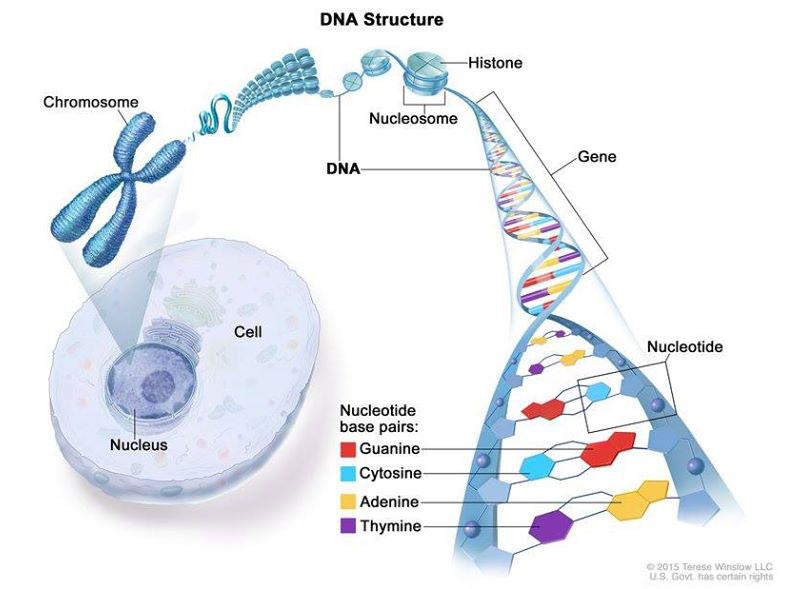November 16, 2023
By Upashana Talukdar
Cancer, a term that echoes with both fear and resilience, is a complex and pervasive group of diseases characterized by the uncontrolled growth and division of cells. At its core, cancer begins when normal cellular processes are disrupted, leading to genetic mutations that prompt cells to evade the body's usual checks and balances.
Cancer's diversity is staggering, encompassing over 100 different types, each with distinct characteristics and behaviors. As mutations accumulate, cells can acquire characteristics that enable them to invade surrounding tissues and, in some cases, metastasize to distant organs through the bloodstream or lymphatic system. This metastatic spread is a hallmark of advanced cancer and poses significant challenges in both diagnosis and treatment.
Developing of cancer:
The development of cancer is a complex and multifaceted process involving a series of genetic, environmental, and lifestyle factors.- Genetic Alterations: Cancer often begins with genetic mutations that disrupt the normal regulatory mechanisms controlling cell growth and division.Certain genes, called proto-oncogenes, can transform into oncogenes when mutated, promoting uncontrolled cell growth.
- Cellular Proliferation: Mutated cells experience unregulated proliferation due to alterations in signaling pathways and cell cycle control.
- Tumor Formation: Mutated cells accumulate, forming a mass known as a tumor. This can be benign (non-cancerous) or malignant (cancerous).
- Metastasis: Cancer cells acquire the ability to invade surrounding tissues, breaking through normal barriers. Malignant cells may enter the bloodstream or lymphatic system, spreading to distant organs and forming secondary tumors.
- Immune Evasion: Cancer cells can evade detection and destruction by the immune system, allowing them to persist and proliferate.
Early detection plays a pivotal role in managing cancer effectively. Routine screenings and diagnostic tests can identify abnormalities before symptoms become apparent, increasing the chances of successful treatment. Advances in medical imaging, genetic testing, and biomarker identification contribute to the early diagnosis and targeted treatment of specific cancers.
Cancer is caused by certain changes to genes, the basic physical units of inheritance. Genes are arranged in long strands of tightly packed DNA called chromosomes.
Credit: © Terese Winslow

Cancer guidance screening:
Cancer guidance screening is a crucial step for the prevention, early detection, and effective management of cancer:- Early Detection: Cancer guidance screening facilitates the early detection of cancer conditions, which often leads to more successful treatment outcomes, as interventions can be implemented at a stage when the disease is more manageable.
- Risk Assessment: Through screening, individuals can assess their risk factors for specific types of cancer. This allows for targeted preventive measures and lifestyle modifications to reduce the risk of developing cancer.
- Personalized Prevention Plans: Cancer guidance screening helps in creating personalized prevention plans based on an individual's health history, genetics, and lifestyle factors. This proactive approach empowers individuals to take steps to minimize their cancer risk.
- Improved Treatment Planning: For individuals diagnosed with cancer, guidance screening can provide valuable information about the characteristics of the cancer, aiding healthcare professionals in devising more targeted and effective treatment plans.
- Psychosocial Support: A cancer diagnosis can be emotionally challenging. Cancer guidance screening may involve counseling and support services, helping individuals and their families navigate the emotional aspects of cancer and cope with the challenges associated with diagnosis and treatment.
- Public Health Impact: Population-wide cancer guidance screening initiatives contribute to public health by identifying trends, risk factors, and areas where targeted interventions are needed. This information informs public health policies and strategies for cancer prevention and control.
☑️☑️